Search
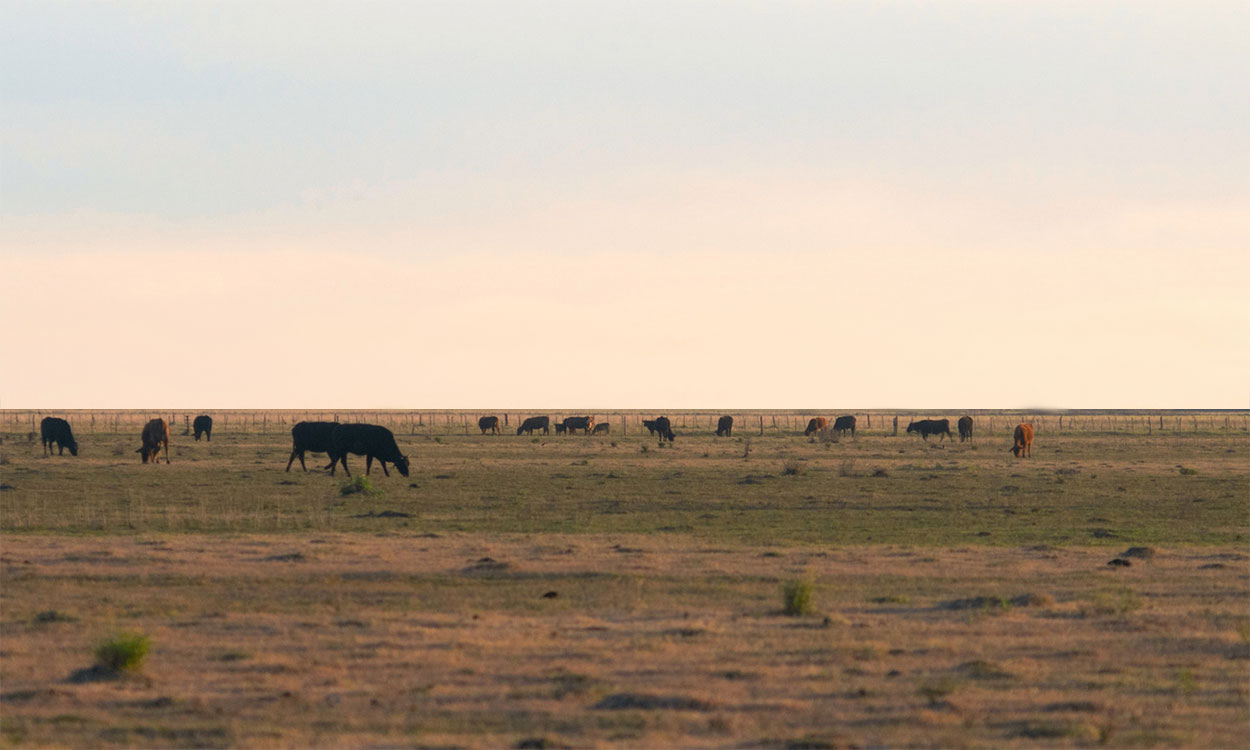
Producer Views on Patch Burn Grazing vs. Winter Patch Grazing in S.D.
Traditional rangeland management promotes uniform forage utilization, yet causes detrimental effects on the richness of plant species and wildlife habitat. Therefore, management practices that increase heterogeneity in vegetation play an important role in developing diverse habitat types and preserving grassland wildlife species.
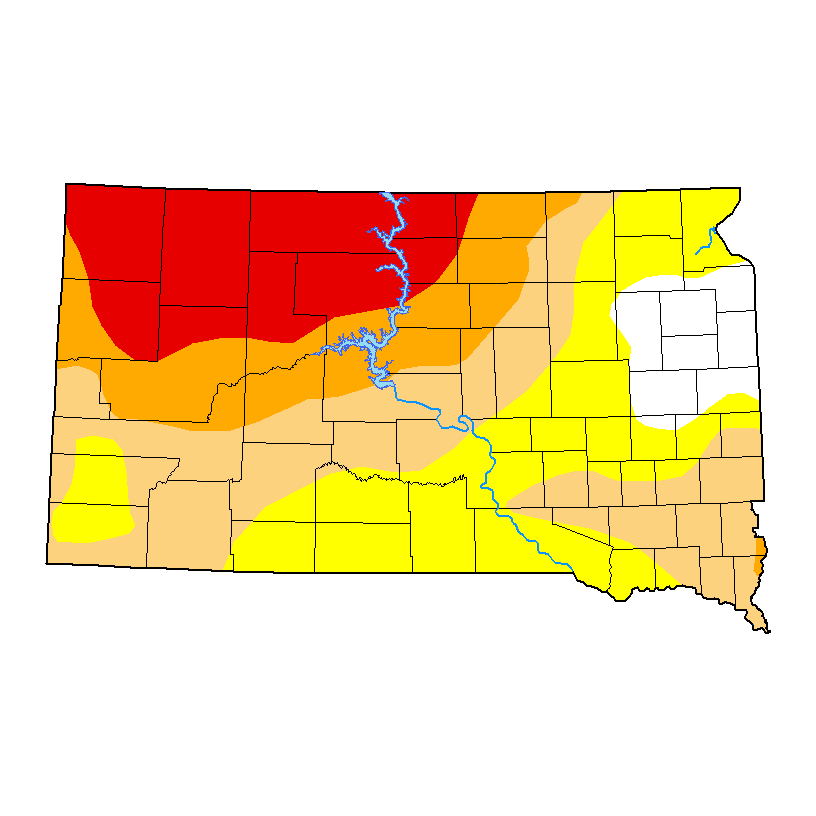
SDSU Extension to Resume Drought Hour in May
April 29, 2021
According to the latest U.S. Drought Monitor, nearly 95% of South Dakota is in some level of drought, including 19.42% that is classified as Extreme Drought (D3) in the north central region.

Crop Tolerance to Soil Herbicide Residual
Some herbicides can persist in soil, especially dry soil. Herbicide carryover could be an issue in 2021 across the state depending upon last year’s moisture levels and field conditions.
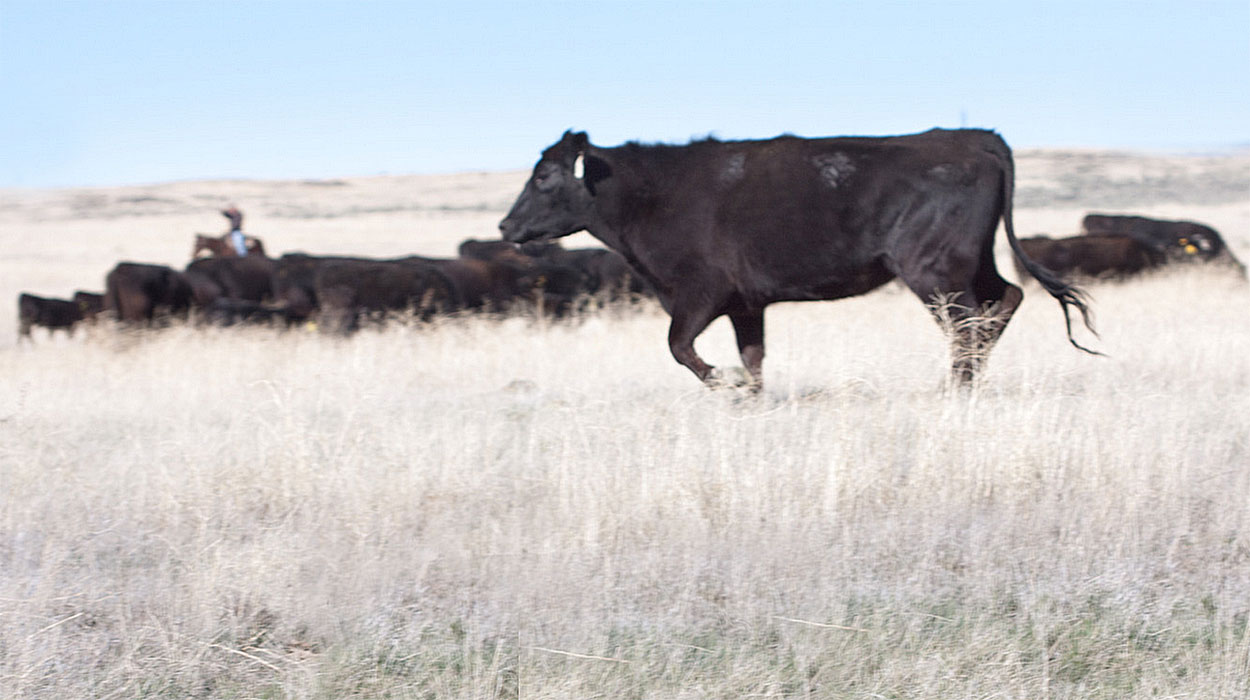
Trigger Dates: Critical Decisions for Drought Management
Having a drought plan in place ensures that you can overcome the inhibitions surrounding a drought response, the basis of which is figuring out trigger dates.
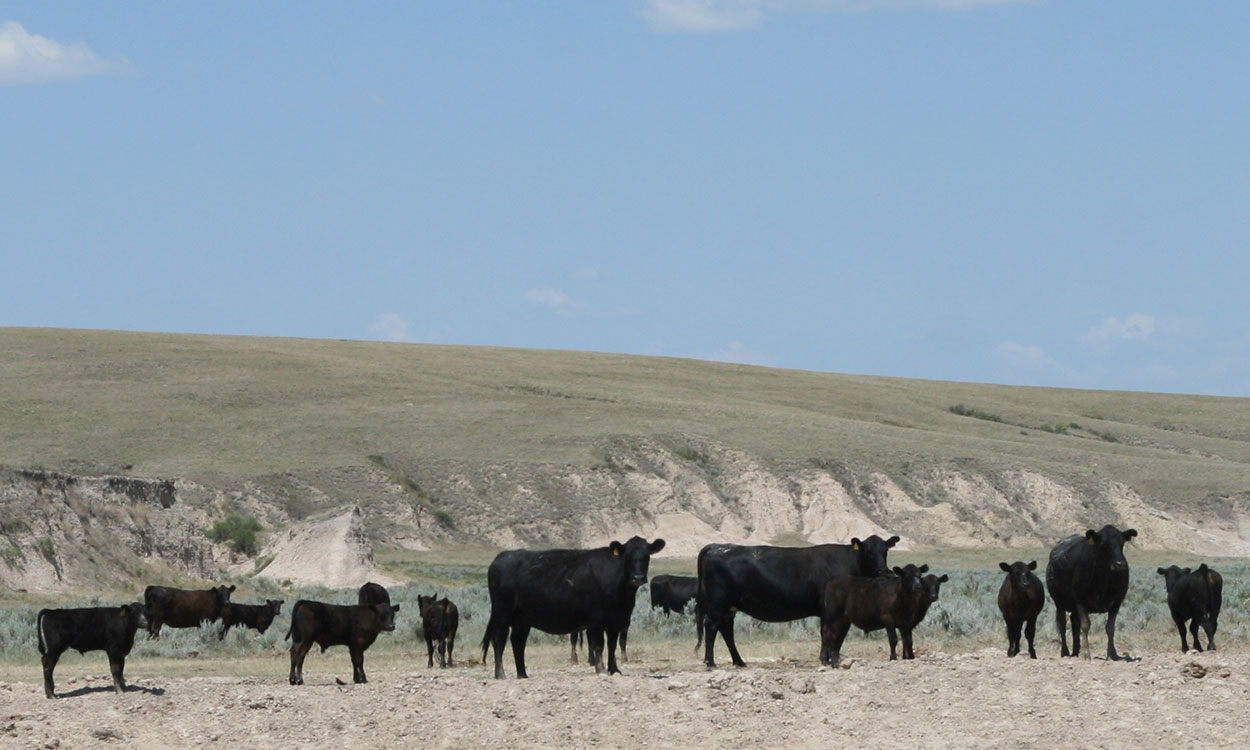
Adaptive Management: One Strategy To Increase Your Operation’s Flexibility and Resiliency
Adaptive management is a strategy that livestock producers can use to manage year-to-year variability in forage production and build drought resiliency for their operations.
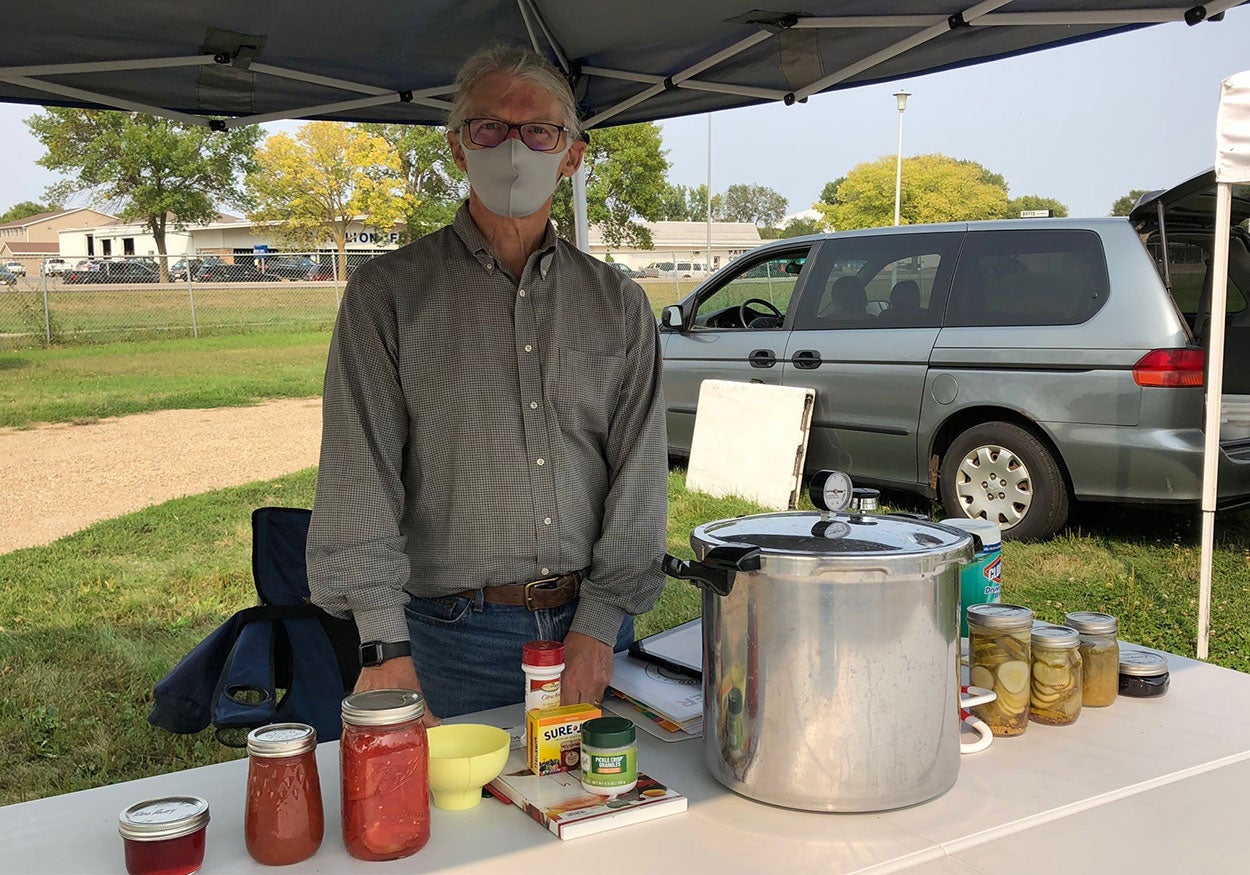
Schreiner Turns Backyard Hobby Into Community Support
Whether volunteering as a Master Gardener or a Master Food Preserver, Tim Schreiner says the interaction with people and seeing that “light bulb” moment after a conversation is really the fun part of the programs.
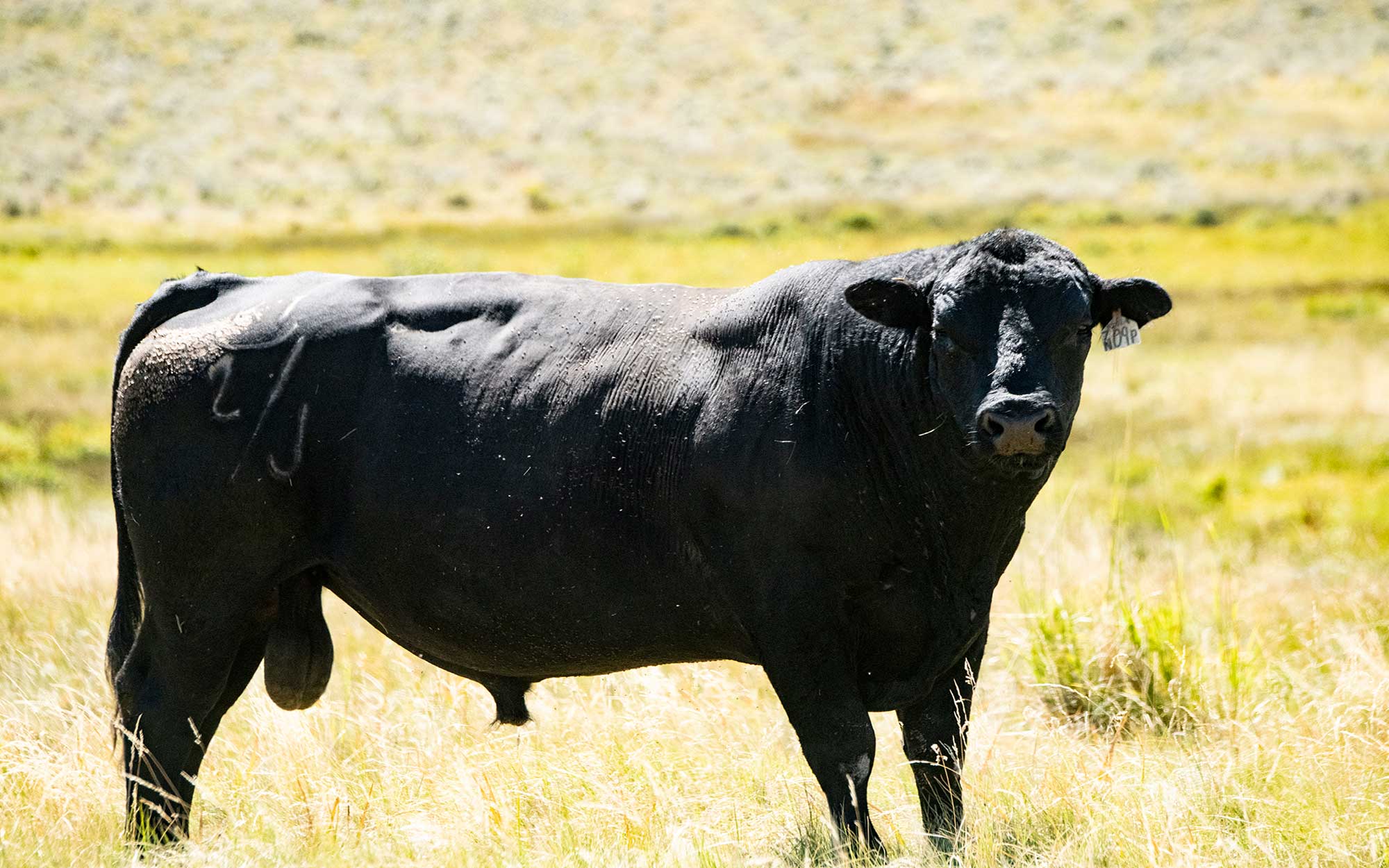
Bull Nutrition
This publication focuses on nutrient requirements for developing bulls, feeding programs to “let down” overconditioned bulls, and feeding during the period between breeding seasons.

Weed Control: Pulse Crops
Weed competition can cause significant yield reduction in pulse crops. Pulse crops are weak competitors with weeds, therefore planning an effective weed control program is one of the keys to profitable production.

Production and Utilization of Field Peas in South Dakota
Guide to field pea production and utilization in South Dakota
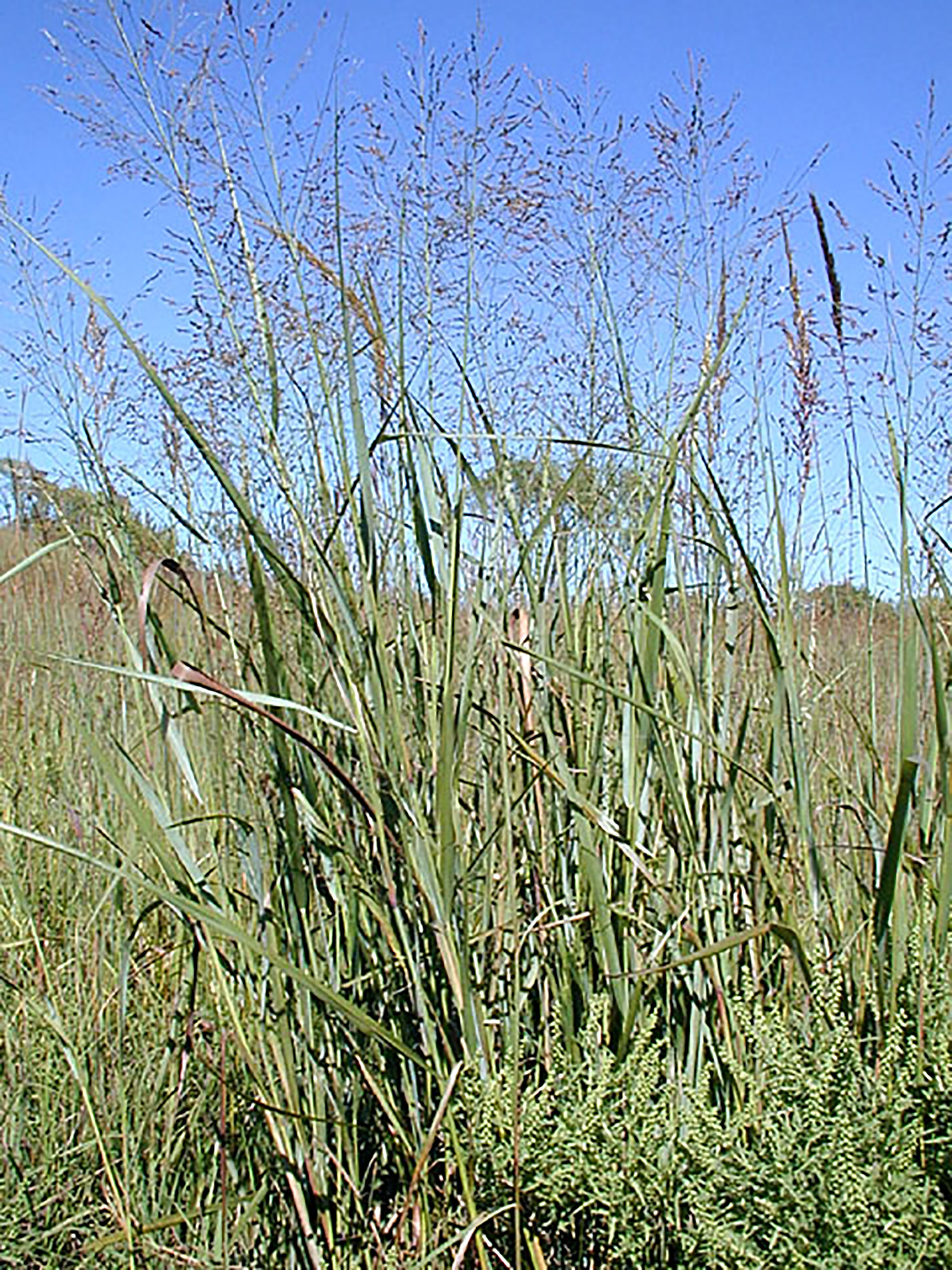
Warm-Season Grasses of South Dakota
Fact sheet about warm-season grasses in South Dakota.